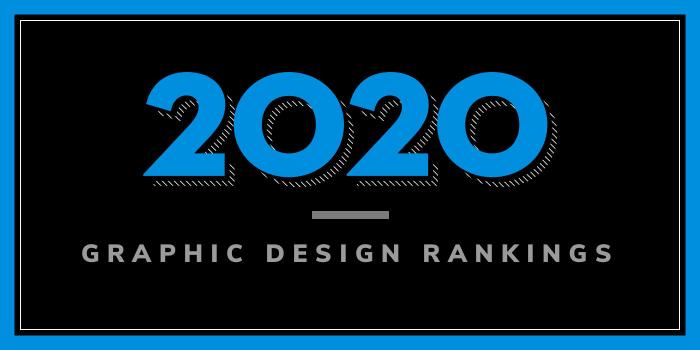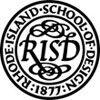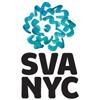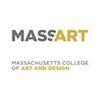Founded in 1887, Pratt Institute serves more than 4,800 students enrolled in more than 25 undergraduate degree programs and concentrations and more than 26 graduate degree programs in its Schools of Art, Design, Architecture, Liberal Arts and Sciences, and Information. Founded in 2014, The School of Design offers “up to four of Pratt’s oldest and most esteemed disciplines,” says the school, including Communications Design, Fashion Design, Industrial Design, and Interior Design.
The Communications Design program is the “only program in the country that recognizes and embodies the convergence and integration of Illustration, Advertising, and Graphic Design as the primary forces for the visual expression of ideas.” Students may concentrate in any of three areas (Illustration, Advertising Art Direction or Graphic Design). The undergraduate program for aspiring graphic designers leads to a BFA in Communications Design with a Graphic Design Emphasis.
The School of Design also houses the Graduate Communications Design Department, which offers an MFA in Communications Design and an MS in Package Design. The full-time Communications Design MFA emphasizes full-time studio practice in graphic design—communications, identities, objects, environments, and systems. Graduates are prepared to enter careers in print and digital media, typography, identity systems and branding, design strategy, social media and interaction design, motion design, environmental design, data visualization, information design, and user experience design.
First offered in 1966, the MS in Package Design is an initial master’s degree that offers students structured courses on the decision-making process for new product and package development, featuring direction in package design, typography, brand development, marketing, structural packaging, packaging technology, fragrance packaging, and the business aspects of the package industry. This is a full-time program, which culminates in a capstone thesis project.
For students who are not yet ready to commit to a degree program, the School of Continuing and Professional Studies (SCPS) offers Certificate Programs in Digital Design including Graphic Design, Digital Design, Branding and Digital Marketing and many others. These programs may be taken individually or “stacked,” producing an “accelerated path to completion,” says the school. Like the undergraduate and graduate Communication Design programs, Certificate programs offer the opportunity to complete an internship.
Students in all programs will have the opportunity to enroll in one of more than 20 study abroad programs and international exchange programs in over a dozen locations such as Florence, Milan, Copenhagen, London, and Tokyo.












